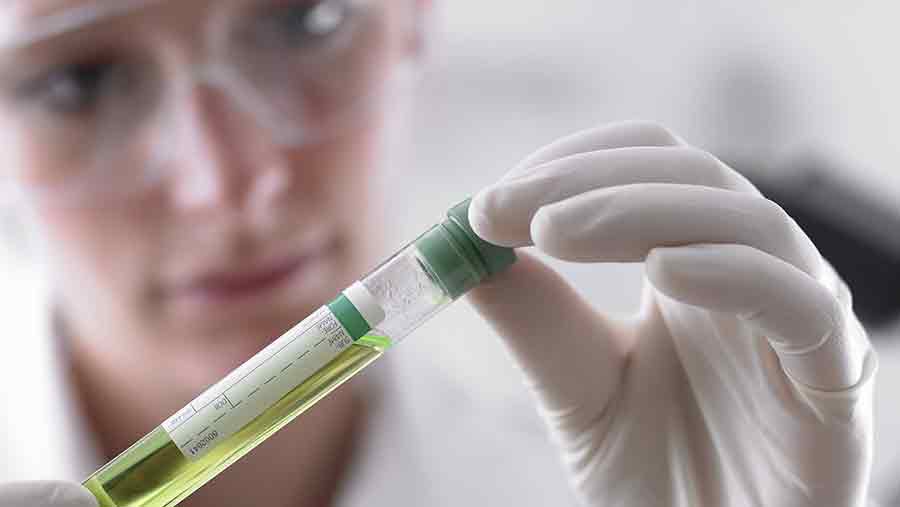New charges for poultry health schemes
 © OJO Images/REX Shutterstock
© OJO Images/REX Shutterstock
Changes to charges relating to two poultry schemes are likely in the light of a consultation on fees for services delivered by the government’s Animal and Plant Health Agency (APHA).
The consultation just ended is based around the government’s drive to get full cost recovery from its services and affects the Poultry Health Scheme and the Salmonella National Control Programme.
Although member companies of both schemes have, in recent years, been subject to full cost recovery, the latest consultation has been looking at the issue of charging for APHA staff time.
See also: Blackhead disease threatens chickens, says APHA report
APHA has provided the industry with three options:
- Continuing to keep fees at the current level, which has been set since 2012
- Revising the current fees to the levels proposed in a consultation three years ago, with no upper limit to travel time
- Revising the current fees to the new full cost recovery rates with a capped travel charge
Charges for travel under the final option would be paid for the officers’ first 90 minutes, but then publicly subsidised, which is the option preferred by APHA.
The issue of staff travel time is particularly relevant given that there has been a significant reduction in the number of APHA offices in the past three years. At least 15 properties have been vacated and 23%, or 700 full-time staff, lost since 2012, meaning those remaining have longer journeys.
The Poultry Health Scheme, which provides a system of registration and approvals for exporters of live birds and hatching eggs, involves 37 companies representing 245 premises.
The consultation argues the introduction of full cost recovery through the preferred model (Option 3) would result in lower overall costs to the poultry industry of around £9,000 compared to the current baseline. The uncapped travel charge (Option 2) would cost an additional £15,000.
The Salmonella National Control Programme involves the APHA undertaking inspection, official sampling and laboratory testing. Last year, it made 801 sampling visits.
